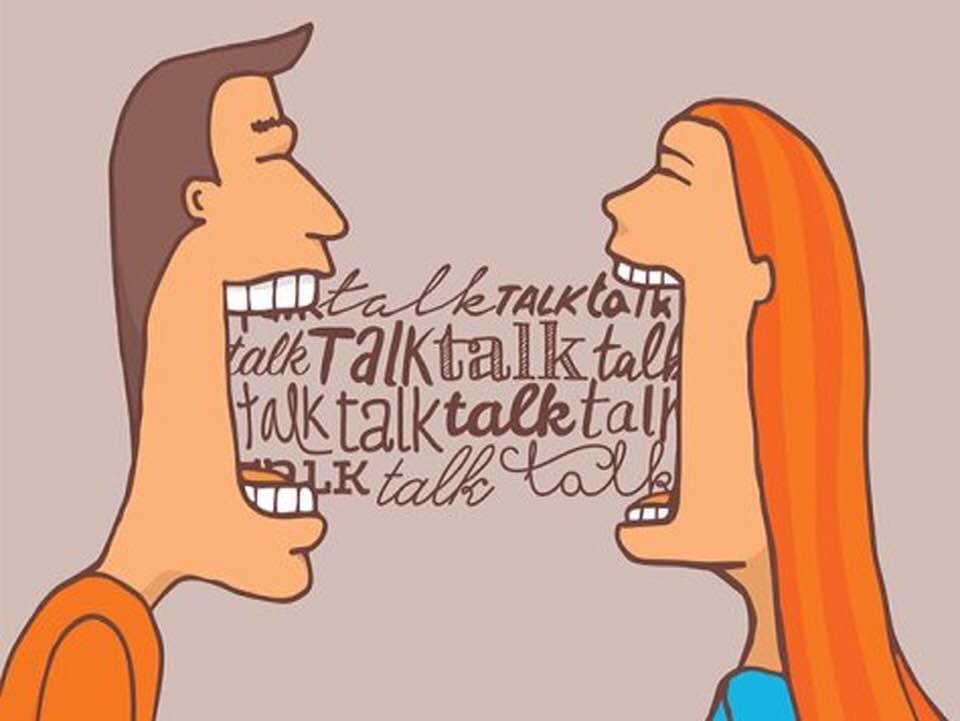There is no one for whom good communication is more critical than airline pilots. They must be able to clearly hear and understand the transmissions they receive. But what I’ve learned is that it doesn’t stop there. There is another step that is equally as important in their communication model.
After hearing the transmission, they must confirm that they received it.
Here’s the exact transmission I heard once when I was a passenger in a small plane preparing to take off:
Controller: “6686 Delta, taxi into position and hold.”
Pilot (as he taxied): “6686 Delta taxiing into position and holding for takeoff.”
Controller: “6686 Delta, cleared for take-off.”
Pilot: “6686 Delta, cleared for take-off. Starting take off roll.”
The air traffic controller does not assume that the pilot hears what they are saying. They expect confirmation that they were heard.
Isn’t this a terrific model for all of us? Here are a few applications:
- When you get an email, unless they specifically say, “no need to get back to me,” hit reply and type, “got it,” “thanks,” “I’ll check on this and get back to you.” Something that lets them know you got the message.
- When someone is telling you something, do not assume that simply giving them eye contact will indicate your understanding. Tell them that you understand, or that you need more information if you don’t.
- Someone makes a comment like, “Wow, I really liked that movie.” Give them some kind of indication you heard them: “Me, too,” “I’m not sure how I feel about it,” “Well of course you would like it, you’re weird.” (Okay – maybe not the last one.)
Bottom line: If you are the RECEIVER of someone’s message, whatever form that takes – let them know you heard them.








